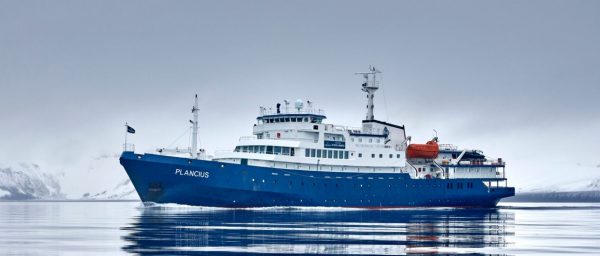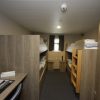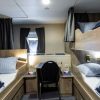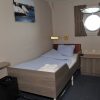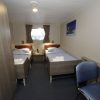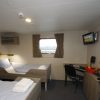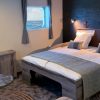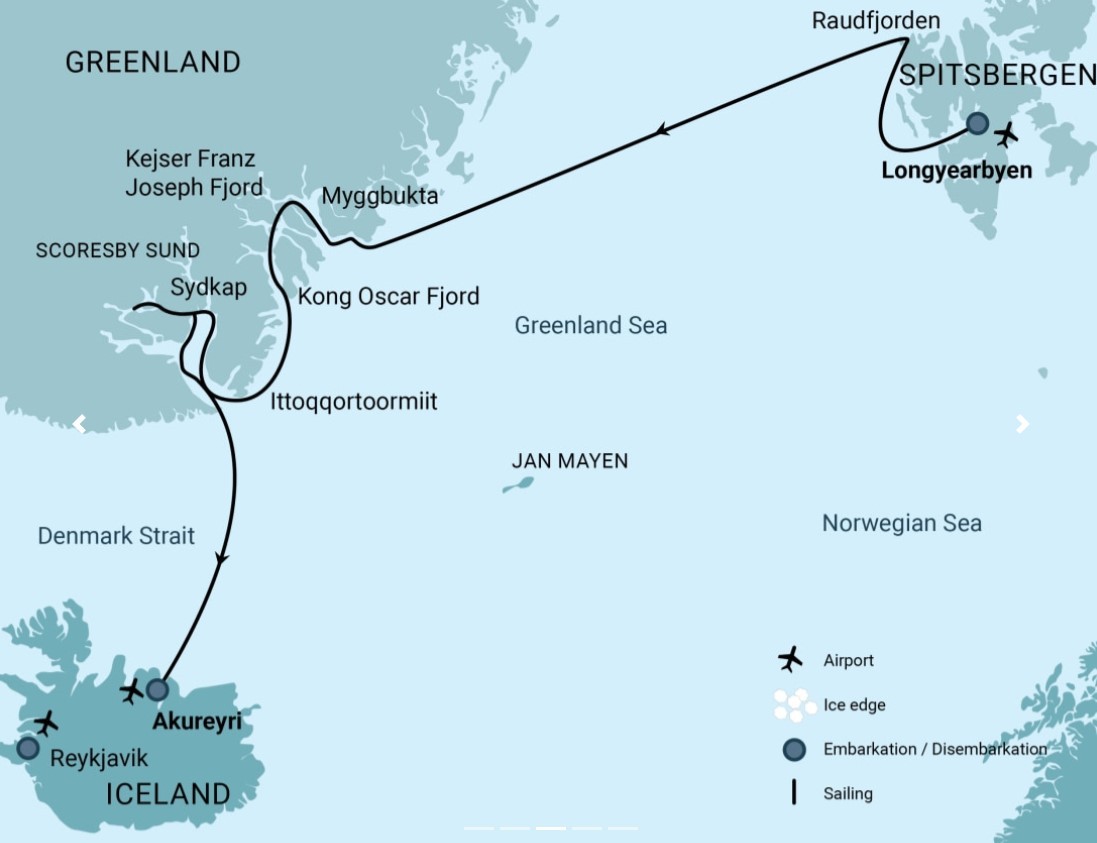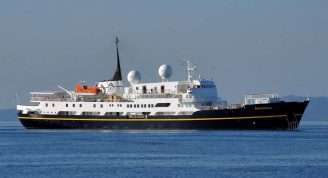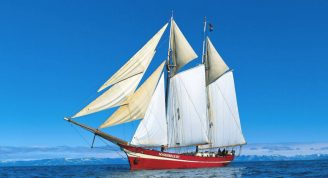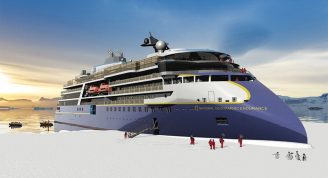Description
Get the ultimate Arctic experience on this amazing voyage of Svalbard and Greenland, experiencing not only the solar eclipse but also getting the option for long hikes far from our landing sites. Our route takes us through some of the best areas for viewing polar bears, Arctic foxes, various seals, and even more species of whale.
If ice conditions prevent us from getting into Scoresby Sund, we will sail south along the ice edge and find another zone of totality along Blosseville Coast, for instance at latitude 68.630 north, longitude 26.509 west.
The primary goal of our solar eclipse voyages is to position our ships in the center of totality on Aug 12, 2026. This itinerary allows us to reach this goal when we have an average sea ice situation, as we’ve had in the past fourteen years. If this is not the case, we will adapt the itinerary and skip landing areas on our sailing from Longyearbyen to Øfjord. If we can’t get into Scoresby Sund, we sail to Blosseville Coast, south of Søkongens Bugt.


